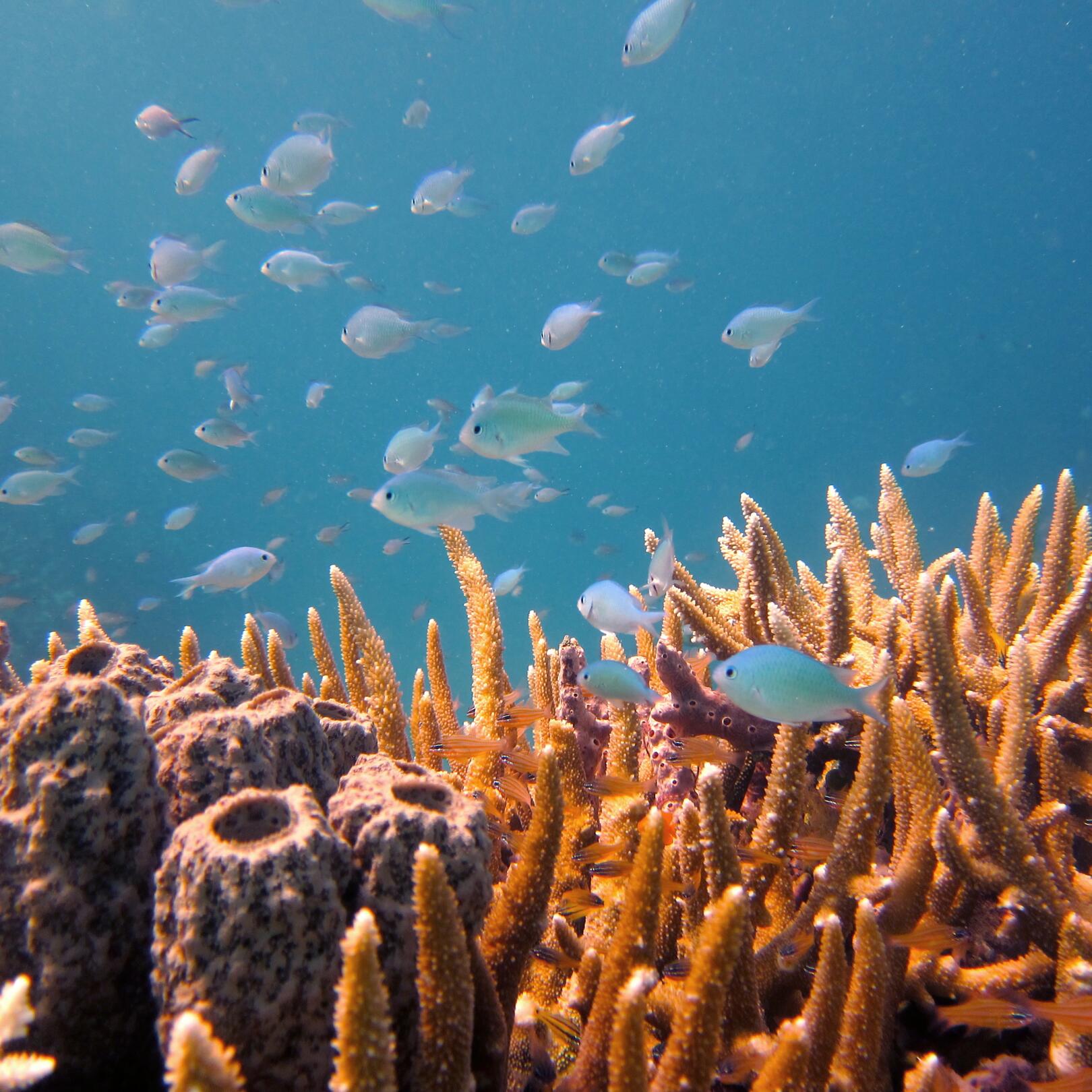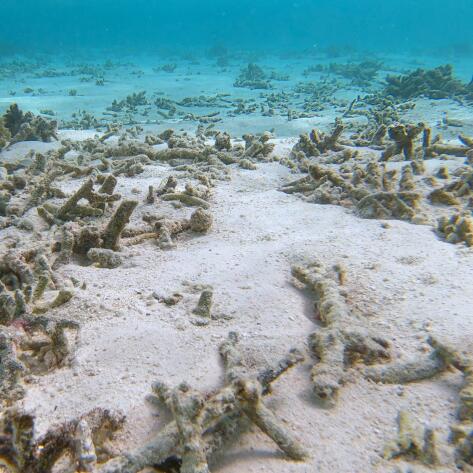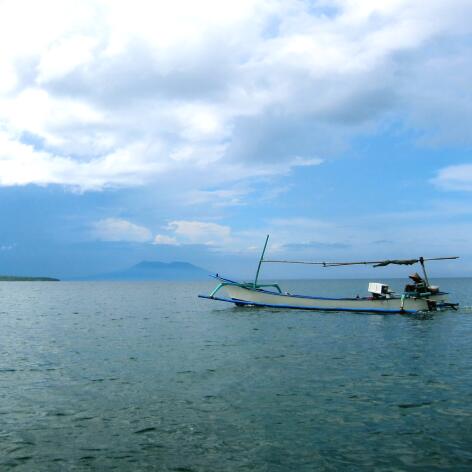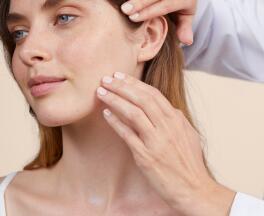The impact of sun filters on the ocean
Oceans under threat
The oceans cover two thirds of our planet. They are home to a rich source of life and regulate our climate balance by their very existence. The survival of many populations and species depends on them: the marine ecosystem is made up of several micro-ecosystems that are essential to regulate the oxygen and carbon dioxide content of the atmosphere we breathe.
- Coral: the reserve of marine biodiversity. Coral is a major ecosystem for the reproduction and preservation of many marine species.
- Phytoplankton: the planet's "green lung". Phytoplankton is the main producer of oxygen (2/3 of the oxygen we breathe). It acts as a biological pump for atmospheric CO2, absorbing a large part of the emissions linked to human activities and reducing their impact on the climate.
- Zooplankton: the heart of the food chain. Zooplankton is the primary consumer of organic matter in the oceans and plays an essential role in the functioning of the marine food chain.
This fragile ecosystem is now threatened by a variety of factors responsible for the extinction of hundreds of species and the depletion of resources: global warming, rising sea levels, overexploitation of resources, etc. But it’s also under threat from pollution from sun creams and their filters, which are a danger in their own right to the oceans. This damage is responsible for the extinction of hundreds of species and a considerable depletion of resources. We must act now collectively if we are to save our oceans.
50% of marine species are sheltered by coral reefs. 500 million people depend on the ecosystem provided by coral reefs.
Corals in danger
Corals are central to the marine ecosystem. They are a food resource and habitat for many plants, bacteria and fish, they protect soils and coasts from run-off and/or erosion, and lessen the impact of hurricanes and tsunamis. Corals are therefore a vital link in the survival of marine ecosystems. Found in all seas and depths, they can live for thousands of years. But today, ¾ of coral reefs are threatened by humans, while 30% have already been irreparably lost over the last 30 years, notably damaged by sun products.

The ecological impact of sun creams on the ocean
Diluted in the sea during swimming or dispersed by the wind on beaches when aerosols are used, the toxic components of sun creams accumulate in the sand and are deposited on the ocean floor.
Photosynthesis in danger You must have seen the image before on holiday. A thin film of oil or cream forms on the surface of the water, disturbing not only the corals and algae but also the marine fauna by acting as a screen and preventing the photosynthesis that produces the oxygen essential for marine species. A snowball effect means that plankton feeding on micro-algae are also affected, and so on. In the end, almost the entire food chain suffers.
Toxic ingredients for nature and marine fauna Petrochemical sun creams have a deleterious effect on the marine ecosystem, leaving it permanently damaged. Among the accused are ingredients such as parabens, silicones and oxybenzones, which are suspected endocrine disruptors and reprotoxic to marine life.
Destructive effects on algae and corals
Chemical agents in sun creams are the cause of the progressive destruction of algae and, by extension, of corals. How does they cause damage? Some of these molecules destroy zooxanthellae, which are micro-algae living in symbiosis with corals. When in contact with harmful molecules, zooxanthellae die, taking with them the surrounding corals, which first turn white and then perish in just 48 hours. But octocrylene is also a culprit: its toxicity on corals was highlighted by a team of researchers from the Observatoire océanologique de Banyuls-sur-Mer in a study published in 2018 in Analytical Chemistry journal, leading to the banning of toxic sun creams containing this molecule in the Palau Islands in early 2020.

Good practices
- Each year, we dump about 25,000 tons of sun cream into the oceans - that's 1 litre per second*
- It takes 20 minutes of swimming for 25% of the components of a sun cream to be released into the sea water
- About 10% of the world's corals are thought to be directly affected by UV filters**
*source : Green Cross
**source: study by the Faculty of Science of the Polytechnic University of the Marches in Italy

OUR SOLUTIONS TO PROTECT THE FUTURE
Eau Thermale Avène skin care products designed to protect the skin and respect the oceans
NEWSLETTER
We're always here for your skin!
All our advice on how to take care of your skin day to day.

Which skin care routine should you adopt?
Identify what it really needs with the help of our experts and discover the most suitable skin care routine for you.
